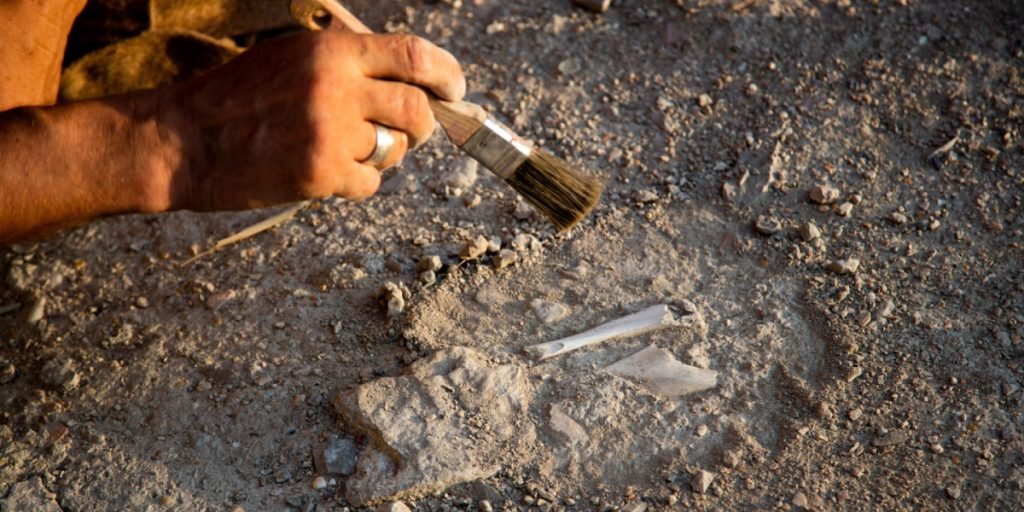New fossil analysis reveals a case of mistaken identity.
Others are reading now
A fossil dating back 500 million years has forced scientists to rethink part of the evolutionary story they thought they understood.
What was originally believed to be a known species from the Cambrian period—a time marked by an explosion of complex life—has now been revealed to be something quite different.
Researchers from Durham University uncovered the truth while re-examining fossil remains from the Cambrian explosion, a crucial period in Earth’s history when most major animal groups first emerged.
“What they first thought was one species turned out to be another species in disguise,” said paleontologist Martin R. Smith in an email to Illustrated Science.
Also read
Not a Snail Ancestor—But Something Much Weirder
The fossil was initially classified as a member of the shishania, a group thought to be early relatives of animals like snails and squids.
But after closer study, researchers now say the creature belongs to a much more bizarre group of animals known as chancelloriids.
Chancelloriids were sac-like, sponge-like creatures that lived on the sea floor. They were covered in star-shaped spines—one of the features that led to the earlier misclassification.
“These animals are bizarre,” Smith said, noting their unusual structure and appearance.
Millions of Years of Distortion
So how did scientists get it wrong? According to Smith, the confusion arose not from flawed science, but from what happened after the animals died.
As the creatures were buried under sediment and fossilized over hundreds of millions of years, their bodies were folded, crushed, and crumpled, distorting their original shape. These changes made it difficult to interpret what the animals originally looked like.
Once researchers realized how the fossil’s shape had changed over time, everything clicked into place. The simple, sac-like body structure of the chancelloriids became clear.
Interestingly, what were once believed to be the creature’s spines may have actually been accidental marks—possibly brush strokes from the excavation process or artifacts from how the fossils were preserved, Smith explained.
The full study was published in the journal Science, offering new insights into the origins of complex animal life and the challenges of interpreting the deep fossil record.


